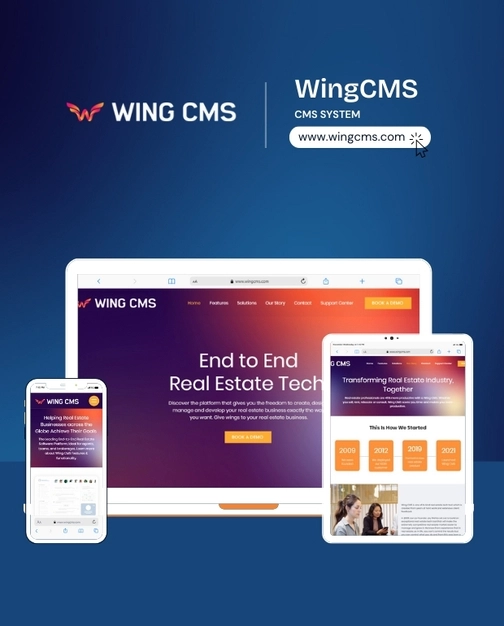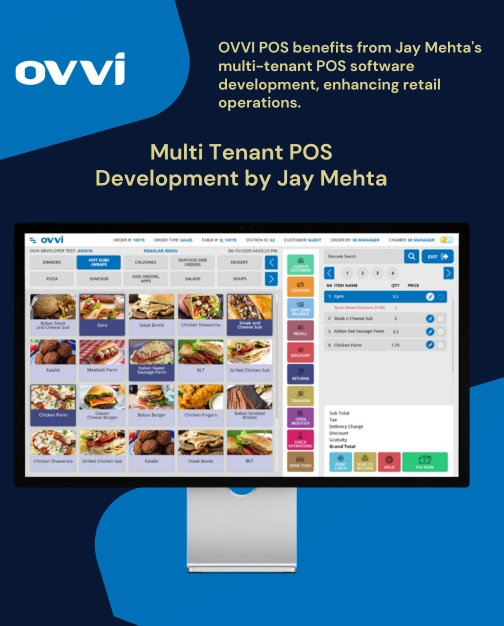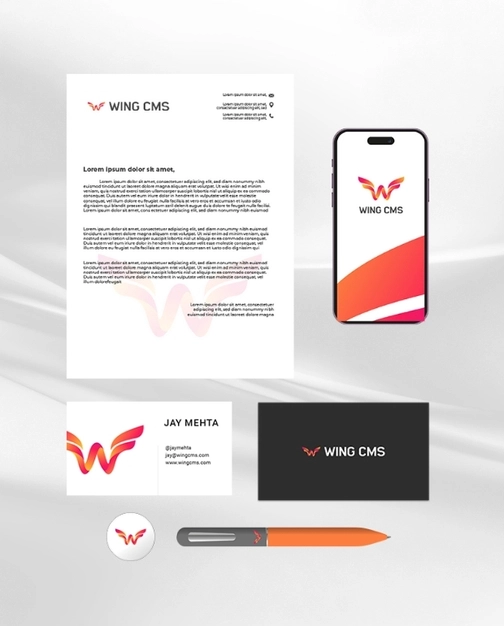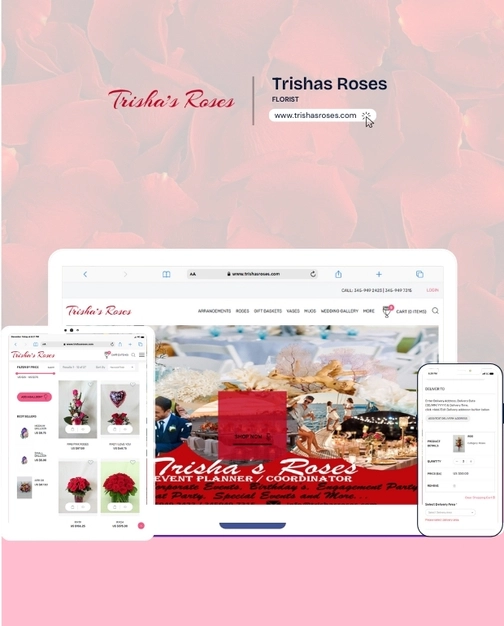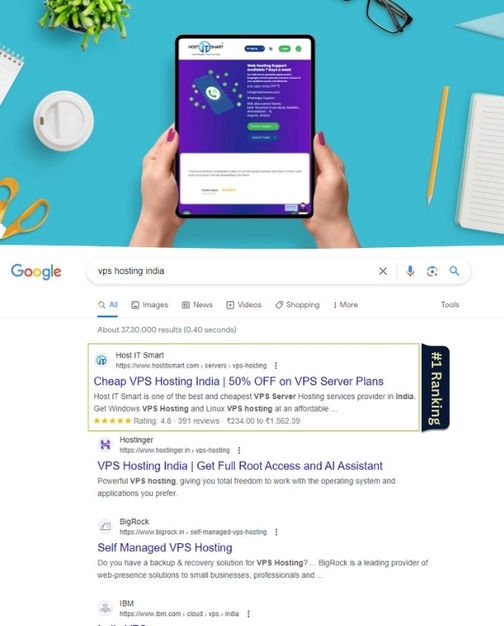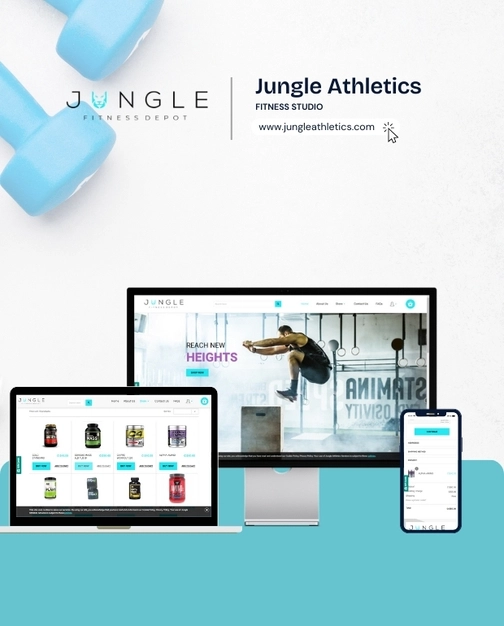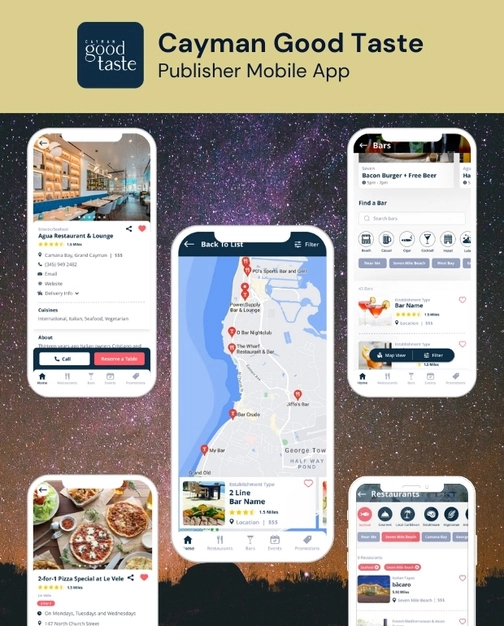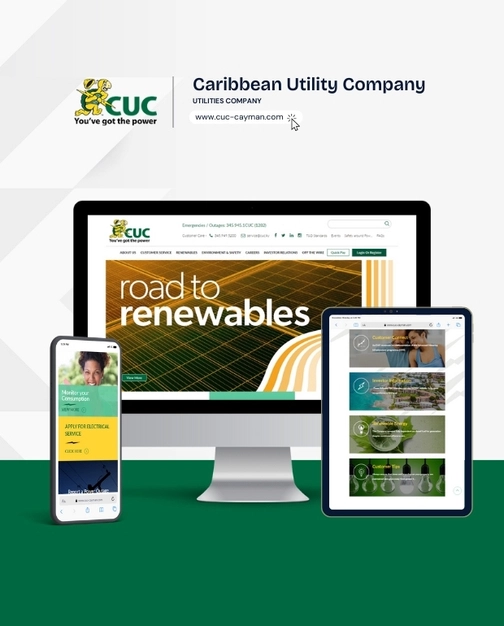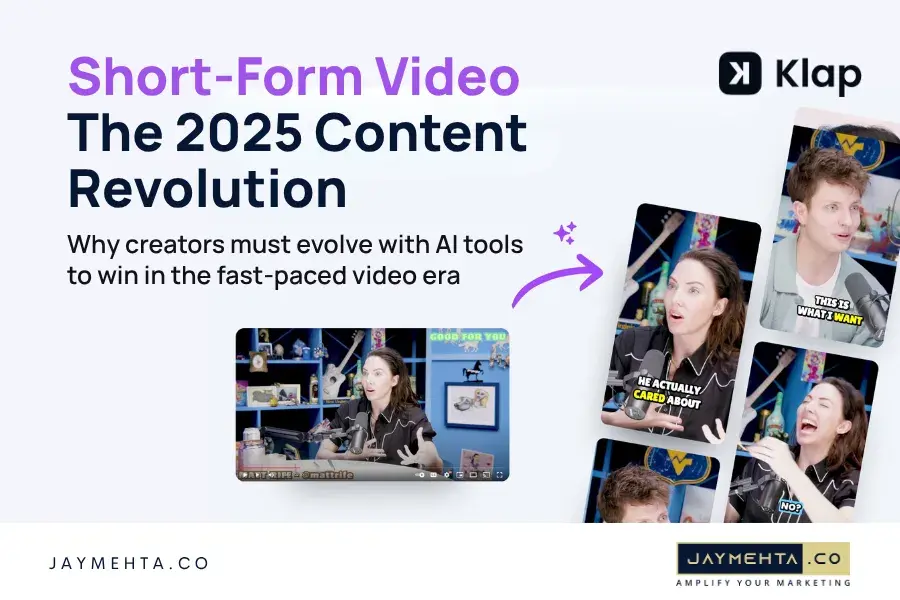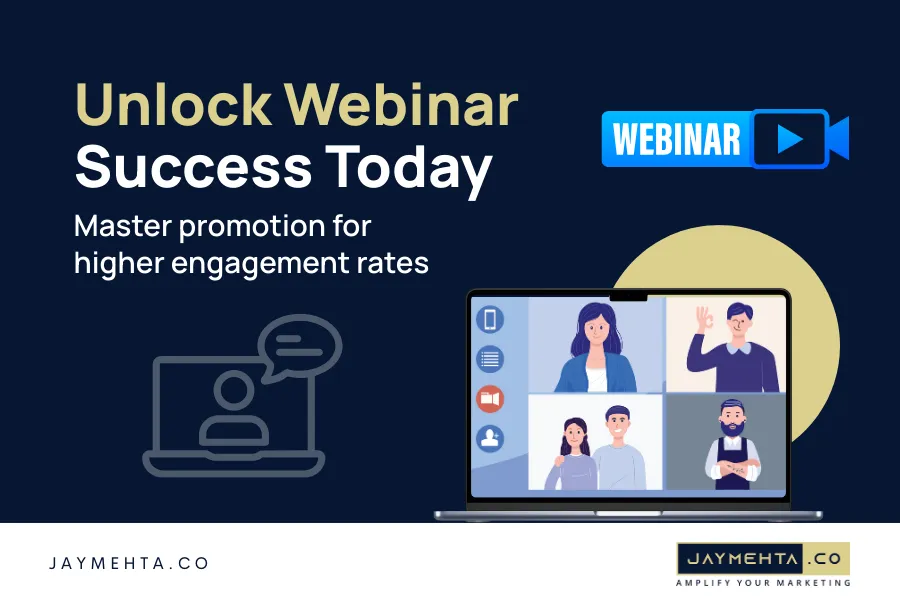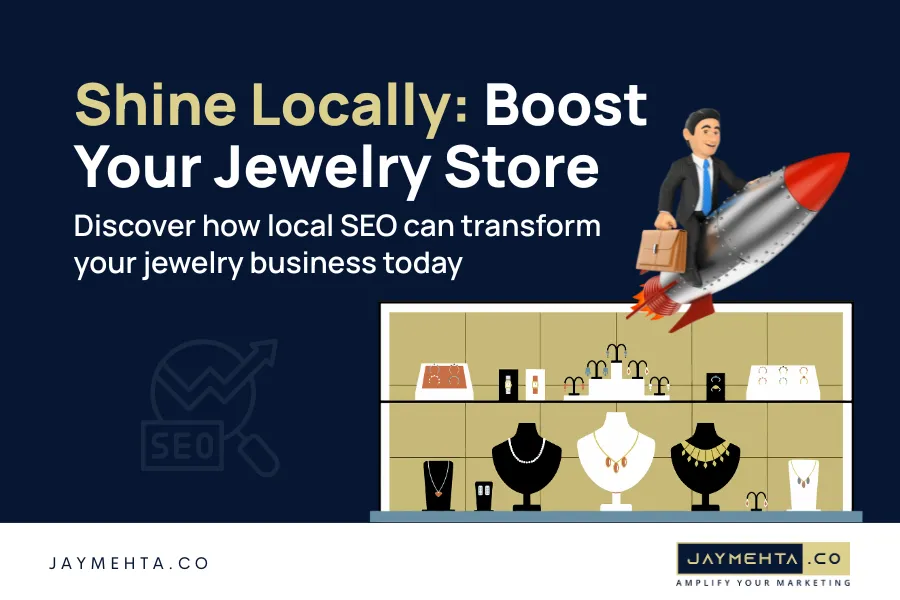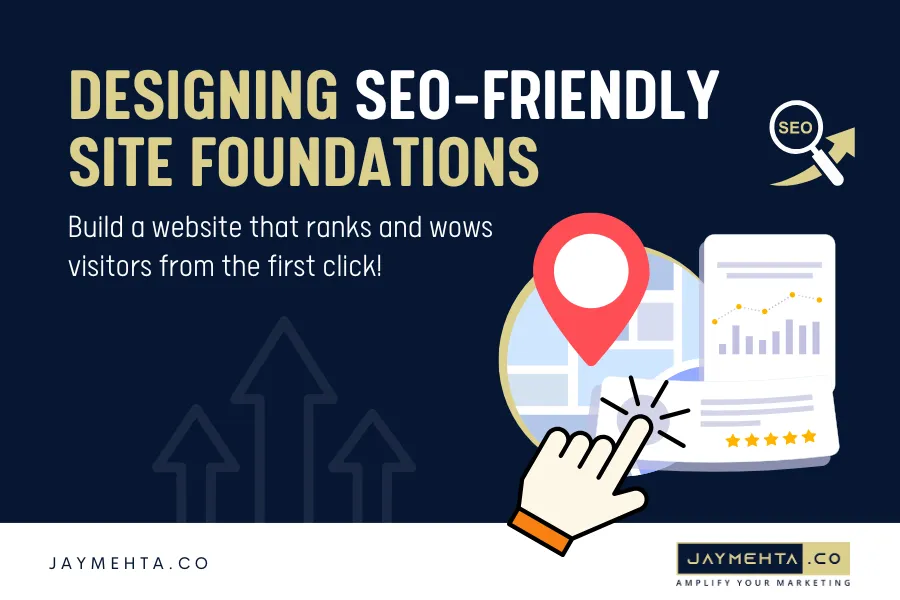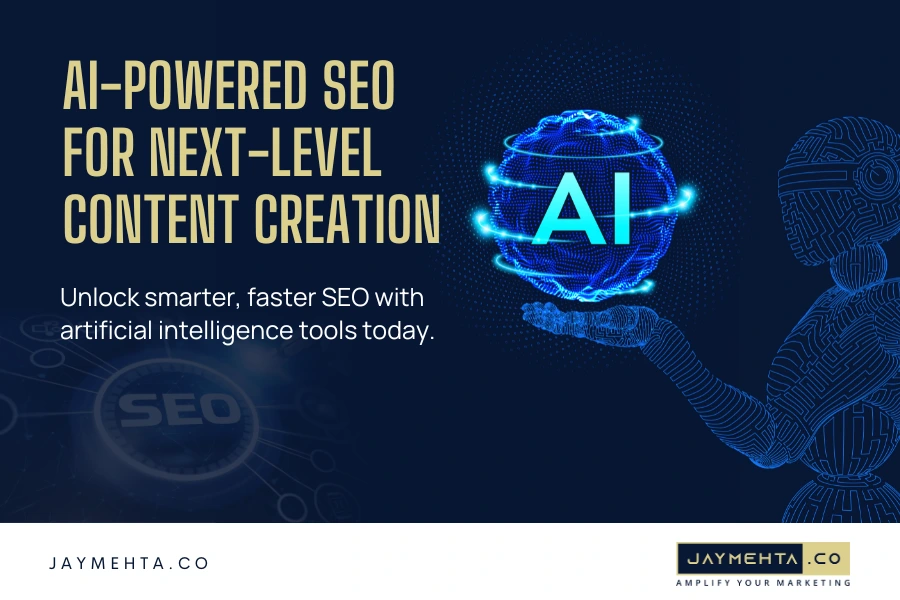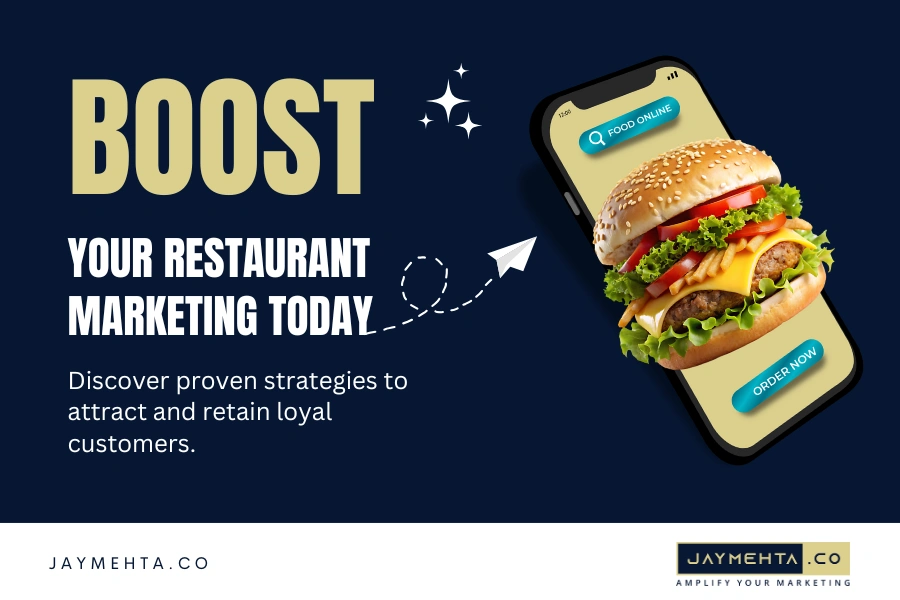
Do you want to amplify
your marketing?
Amplify your Marketing
As a growth strategist, I assist people and businesses
in achieving their goals.












Who We Are

Helping You Succeed Through
- Marketing
- Designing
- Consulting
- Analysis
- Training
- AI Automation
Discover Our Free Resources
Stay Informed & Connected with Our Latest Insights & Updates
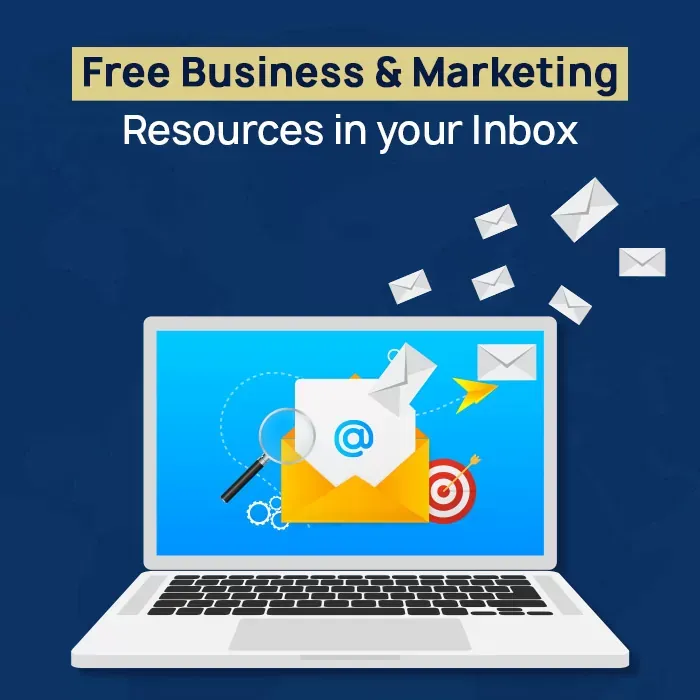
Proven Marketing Tips Right to Your Inbox
Stay up to date with our comprehensive resources covering everything from business setup to Google and TikTok strategies. Stay ahead of the curve with our expert insights and in-depth analysis.
Connect with Me 24X7
Join our growing community of knowledge seekers on various social media platforms. Get access to exclusive content, tips, and updates tailored to your interests.

@jay-mehta
Join me and a network of professionals for valuable industry insight, connections, and success.
@jay-mehta
Subscribe to get invaluable insight and practical advice to foster your business growth.
@realjaymehta
Engage with our captivating visuals and enrich educational materials.
@jaymehta.co
Connect with me on Facebook for information, inspiration, and meaningful conversations through my ramblings.
@jaymehta
Get unfiltered thoughts, real-time updates, techy tidbits, and pearls of marketing wisdom straight from the depths of my brain.
What Entrepreneur Are Saying About Jay Mehta
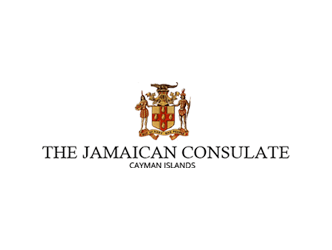
ELAINE HARRIS
Honorary Vice Consul, Office of the Honorary Jamaican Government, Representative for the Cayman IslandsI was fortunate to meet Mr. Jay Mehta in 2013 when the Jamaican Consulate of the Cayman Islands hired him to develop a comprehensive digital communication initiative. Mr. Jay Mehta exceeded our expectations with his forward-thinking strategies to execute digital marketing plans. Contributions to our web presence are clear evidence of Mr. Jay Mehta's extraordinary abilities in the field of digital marketing. The Consulate has experienced greater efficiency in communicating with Mr. Jay Mehta's groundbreaking work.
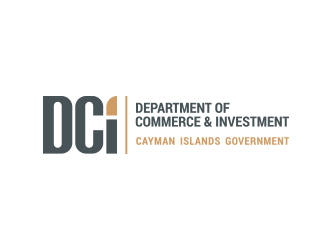
RYAN RAJKUMARSINGH
The Director of the Department of Commerce & Investment (DCI) of the Government of the Cayman IslandsI met Mr. Jay Mehta ten years ago, in 2010, when we were both involved with the Cayman Islands Small Business Expo. His impressive digital marketing work was already well-known, and I enjoyed getting to know the person behind the impressive brand he had created. Mr. Jay Mehta's expertise as a forward-thinking digital marketing expert filled a critical need in our organization. His creative vision and digital marketing mastery were evident in this project. Hence, our website is one of the most modern Cayman Islands Government websites.
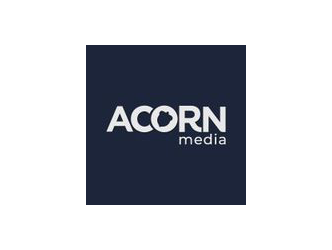
CHARLES GROVER
Publishing Director of Acorn MediaMr. Jay Mehta is an extraordinary digital marketing expert and pioneer. His comprehensive digital marketing approach is well-known. He managed research, implementation, and post-project analysis. During our work together, I witnessed his ability to compile marketing data and implement strategic marketing initiatives.
Mr. Jay Mehta's innovative research, analysis, and strategizing helped our company become the best in the Cayman Islands travel guide quickly. He created a top-notch website and a mobile application that used cutting-edge technologies to increase traffic on our platforms.
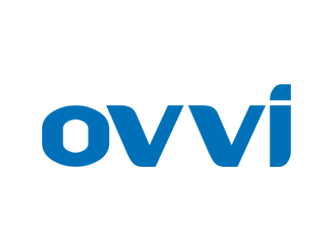
SUSAN POTHANIKAT
Operations/Product Manager of Ovvi LLCBased on my industry experience and knowledge of his outstanding and consistent work, Mr. Jay Mehta has risen to the top of the digital marketing industry. His contributions to the success of several businesses in the Cayman Islands and internationally have made him a global leader in the digital marketing industry.
Ovvi hired Mr. Jay Mehta's services because of his unmatched ability to identify needs and develop and promote new digital products. Mr. Jay Mehta is one of the few digital marketing expert who understands the complexities of launching a brand-new tech product.
PETER MAXYMYCH
The President and Founder of Emall IncMr. Jay Mehta began collecting previously unknown customer data and conducting market research and analysis through online customer surveys, interviews, and focus groups when we first collaborated with him. Jay Mehta transformed our social media presence.
Jay Mehta made our website mobile-first. Implementing this technology ensured we delivered the right user experience for mobile customers, boosting our traffic and sales. Mr. Jay Mehta also launched a first-of-its-kind social marketing strategy for our business so we could reach out to ticket buyers instead of waiting for them to find and use our platform. Mr. Jay Mehta increased organic website traffic by using SEO. He's transformed our company's digital innovation.

RAYMOND HYDES
Chief Tours & Customer Experience Officer for the Cayman Turtle CentreI have known Mr. Jay Mehta for several years. Through his digital marketing work for the Cayman Turtle Centre, the Cayman tourism community has seen Jay Mehta's vision for digital marketing trends and growth opportunities for our sector. Jay Mehta created ingenious digital tools for the Centre's web platforms, which increased ticket sales and online visibility.
Jay Mehta built and integrated our online sales platform. His foresight to modernize ticket sales by offering online pre-orders significantly increased sales in the first year. Mr. Jay Mehta used an innovative method to get customers to participate in the surveys. He designed a survey kiosk app. Mr. Jay Mehta helped Cayman Turtle Centre rank #1 for several competitive keywords.
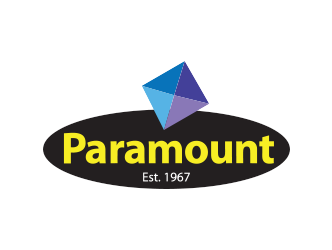
KENNETH RANKIN
The Director of the Paramount GroupJay Mehta's digital marketing and sales expertise are valuable for Cayman Islands and Caribbean businesses. He had the knowledge and experience to address our digital marketing needs and identify unmet needs.
Mr. Jay Mehta's SEO strategies tripled our website's traffic. He also helped set up a digital roadmap, including a growth-driven website that transformed customer communication and data management. Driven marketing strategies tripled website traffic and increased leads exponentially. Mr. Jay Mehta set up our digital presence and rebranded Paramount Carpets, Super Mix, and Discount Excursions.He implemented innovative digital advertising and promotional programs to meet Paramount Group's goals. His contributions helped our company succeed.
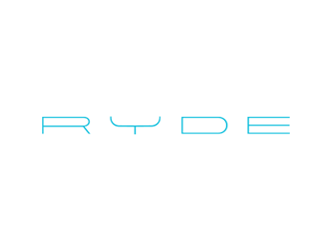
DAVID WALKER
The owner and founder of Ryde Cayman LimitedMr. Jay Mehta has worked in the private sector, government, and NGOs. Since 2016, I've worked almost daily with him on our software. Mr. Jay Mehta researched and developed the indoor cycling industry, target market, and customer expectations.
His strong grasp of marketing tools and strategies helps us track any business metric. Mr. Jay Mehta implemented an industry-leading tech stack for our studio, including tools like Google Analytics, Mantis, and HTMLS Responsive Website.Mr. Jay Mehta's digital marketing efforts have helped Ryde become a flourishing market leader. Our intuitive and functional website is due to Mr. Jay Mehta's innovation. Ryde Cayman’s success proves his positive impact on our business.
